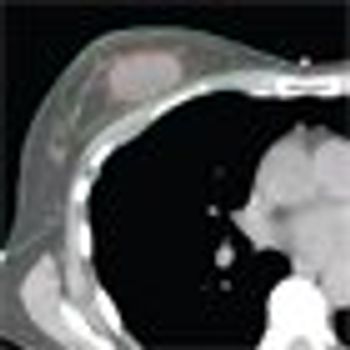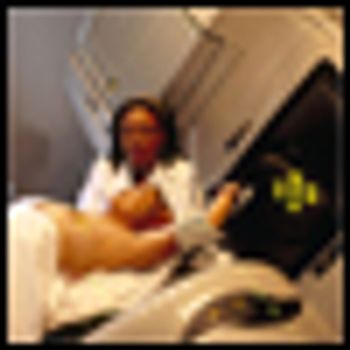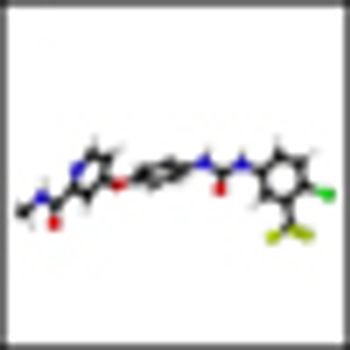
Hypofractionated external beam WBI seems like a great option until the APBI data mature from NSABP 39/RTOG 0413. In the meantime, we will have to see whether the ACA’s mission to bend the cost curve in the face of added demand for cancer care will succeed and how our treatment decisions will be affected by this new healthcare model.












